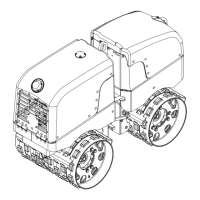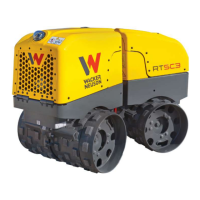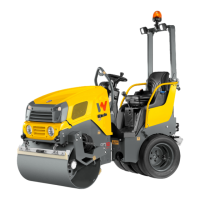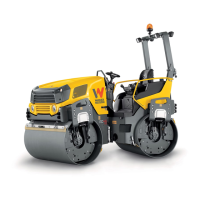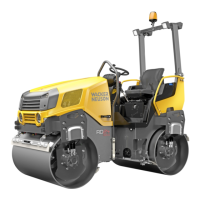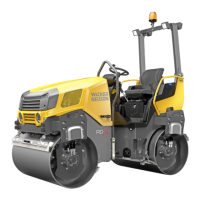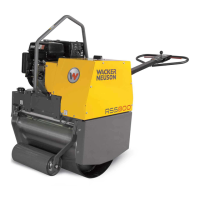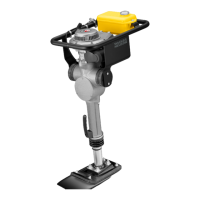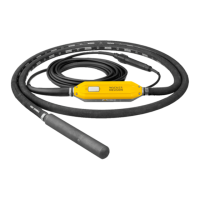Why does my Wacker Neuson RT82-SC3 engine start, then stop?
- PPhillip WolfAug 5, 2025
If your Wacker Neuson Construction Equipment engine starts but then stops, it could be due to several reasons. The fuel tank might be empty, requiring you to fill it with No. 2 diesel fuel and prime the fuel lines. A restricted or clogged fuel filter could also be the cause, necessitating its replacement. Check for broken or loose fuel lines, and tighten, repair, or replace them as needed. Ensure the machine is within the infra-red range by moving the transmitter closer. Also, the transmitter might have automatically powered off due to inactivity, so turn it back on.
